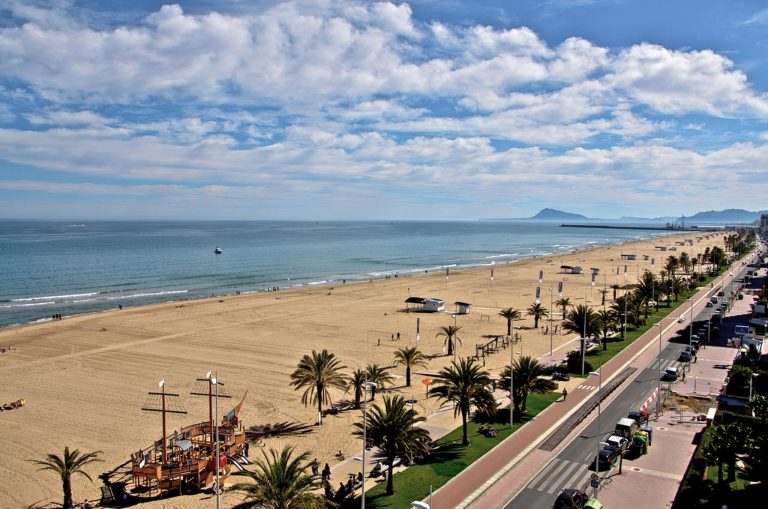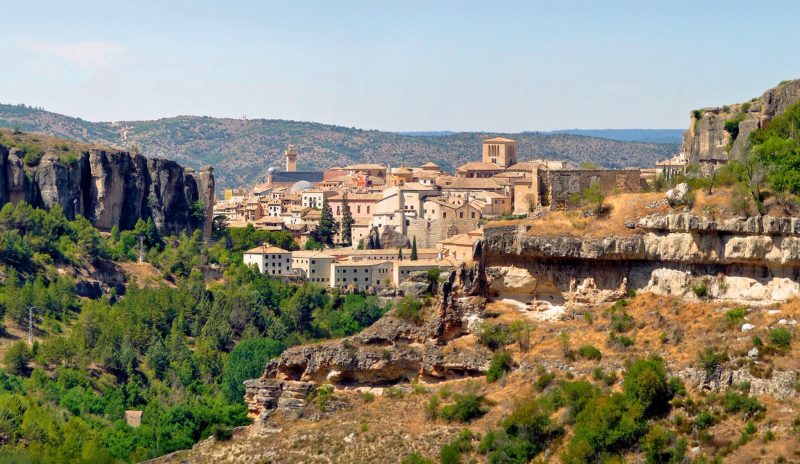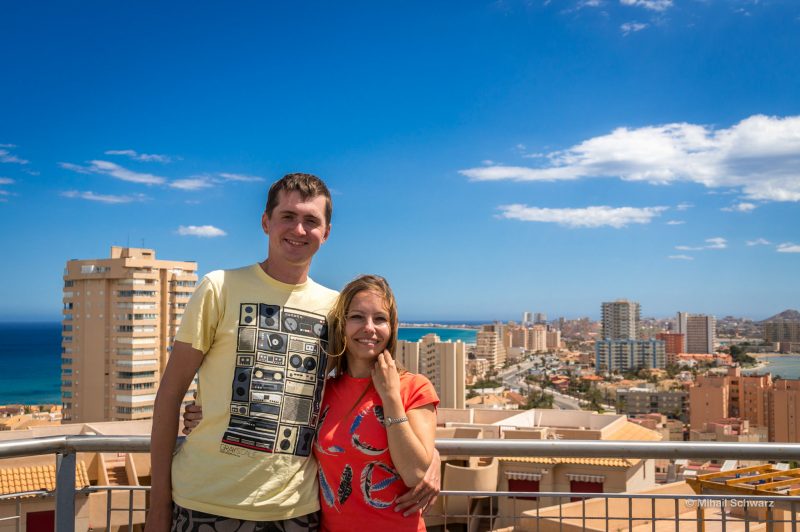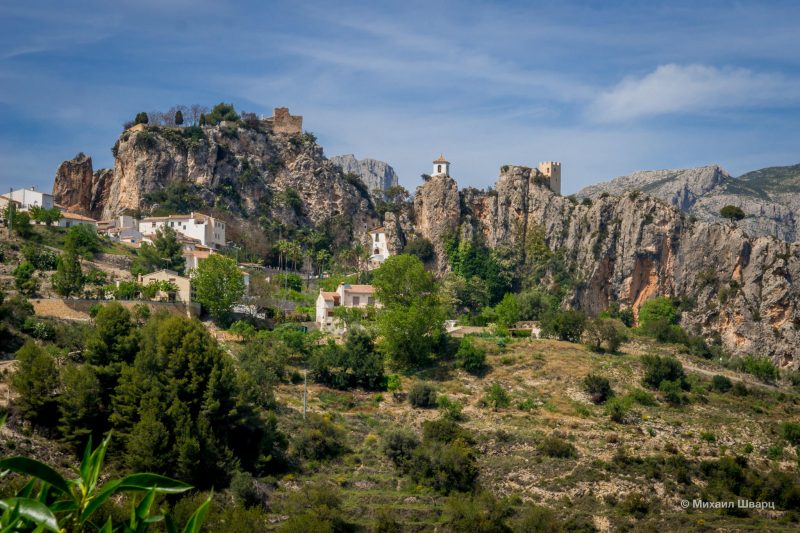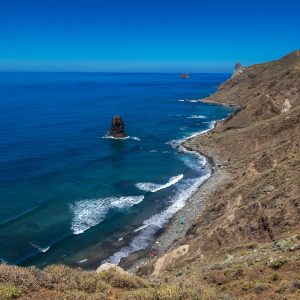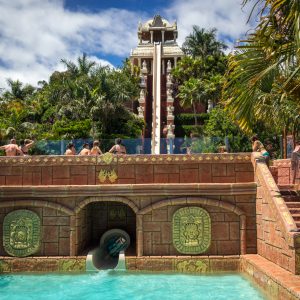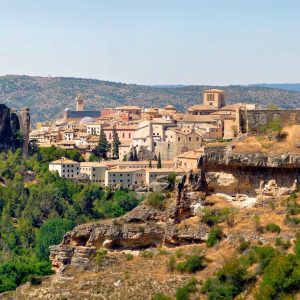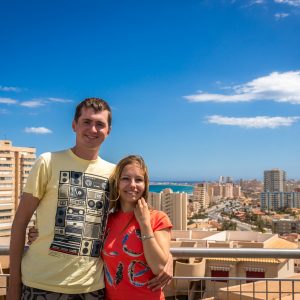Gandía is called the “northern pearl” of the Costa Blanca. It is a famous historical and cultural center, a port city, a popular seaside resort of Valencia. It is divided into two parts: the city and the beach – Playa de Gandia. Between the beach and the city runs a circular bus.
Gandia stands on the banks of the river Serpis. The distance from here to the provincial capital is 69 km; to the airport of Valencia is 75 km. From the north, the city is protected from the winds by the mountain range of La Safor.
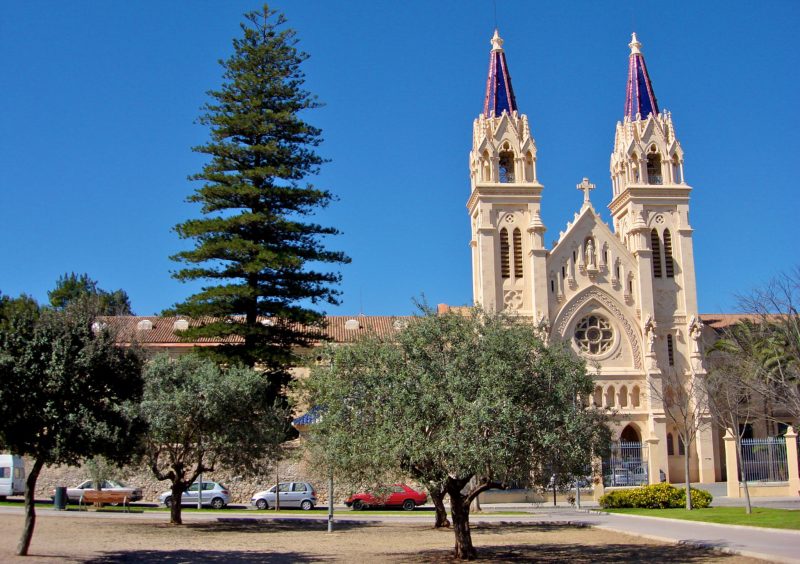
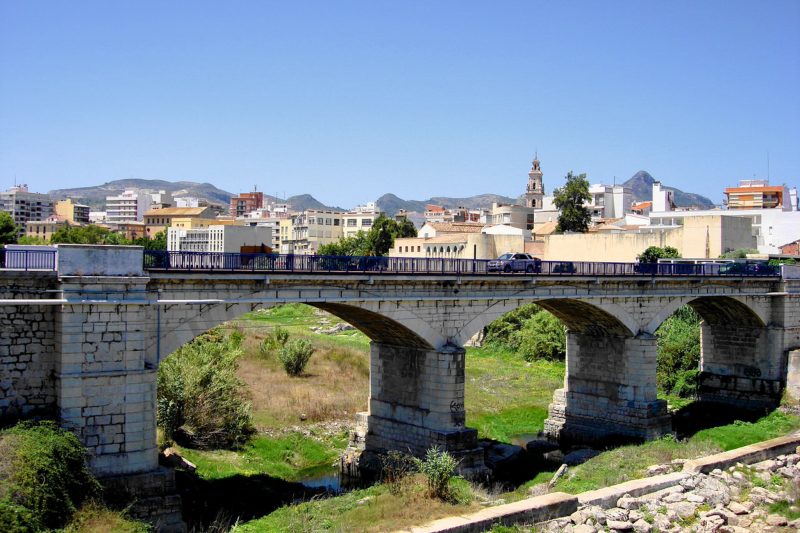
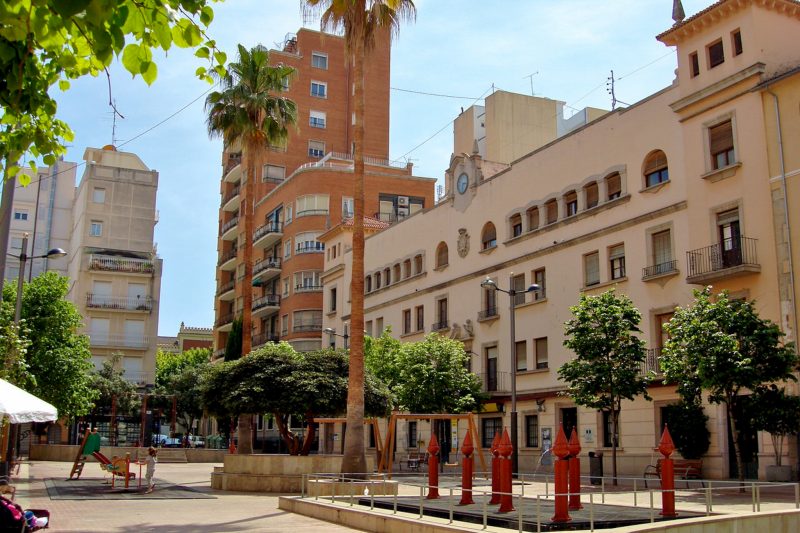
The center of Gandia is cozy, with lots of greenery and several pedestrian zones. There are a variety of stores, souvenir shops and grocery stores; three markets. The shopping area is concentrated around Major Street. In the central part of the city there is an underground train station and bus station.
Beaches
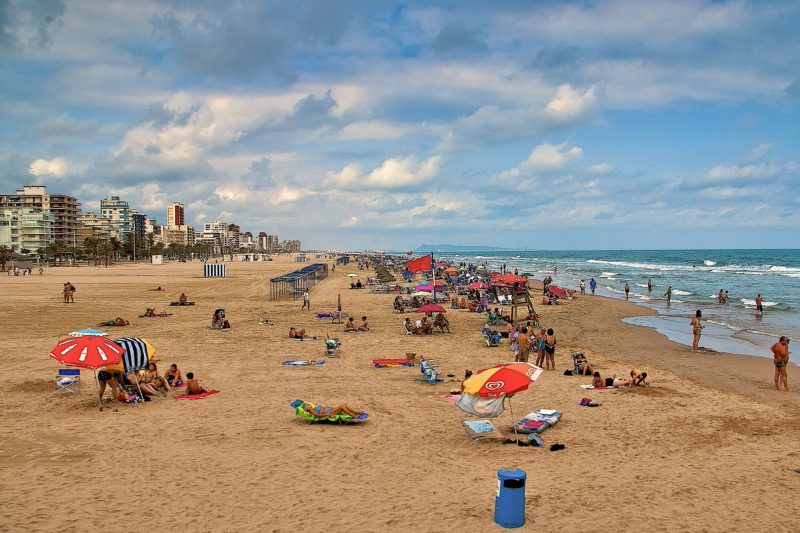
The main beach of the city is Gandia Playa, an endless strip of golden sand. There is a gentle entrance to the sea, clear water (during the calm – absolutely transparent). The beach is very well equipped: lifeguards are constantly on duty, there are playgrounds, umbrellas and deck chairs, showers. In the sea there are no bananas or scooters – swim comfortably, most tourists – families with children. Along the beach stretches a beautiful promenade Paseo Maritim Neptu.
A Little History
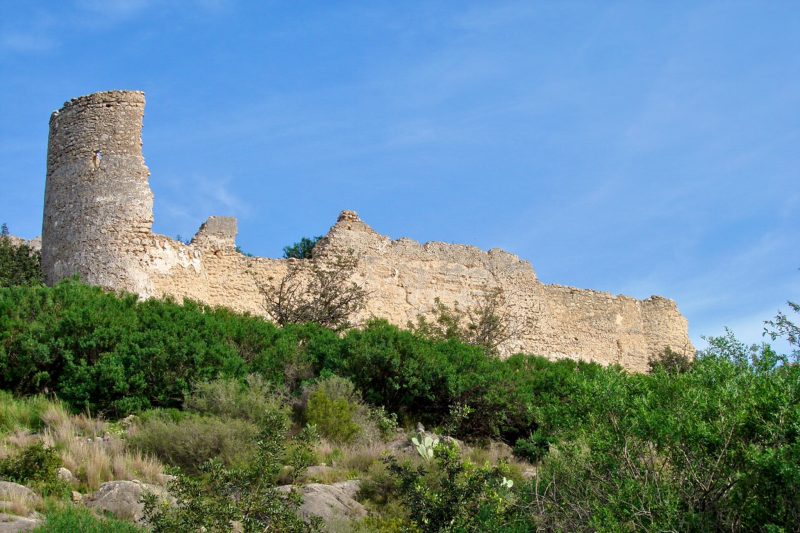
The history of Gandia goes back to the era of Moorish domination. In 1240 Jaime I seized the Roman fortress of Castell Bairen, which belonged at the time to the Arabs (the ruins of Bairen still stand on the hill at the entrance to Gandia). In 1485 Rodrigo Borgia (Pope Alexander VI) bought this land for his son Pedro Luis, who became the first Duke of Gandia. The city began a period of prosperity.
The crisis befell Gandia at the end of the 16th century, aided by the debts of the nobility, the treasury deficit, and the plague epidemic. The 18th century was marked by fierce political struggle. A new heyday began after the opening of the port (1886) and railroad (1893). The tourist industry began to develop in the 60s of the last century.
Attractions
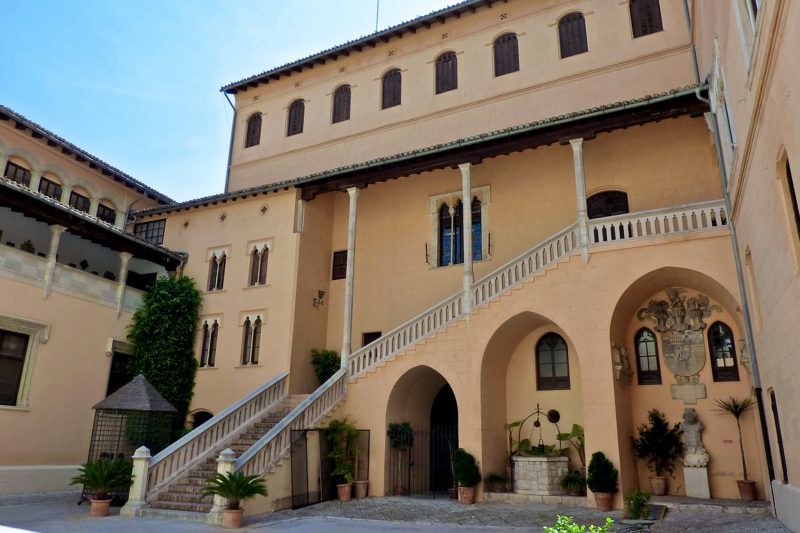
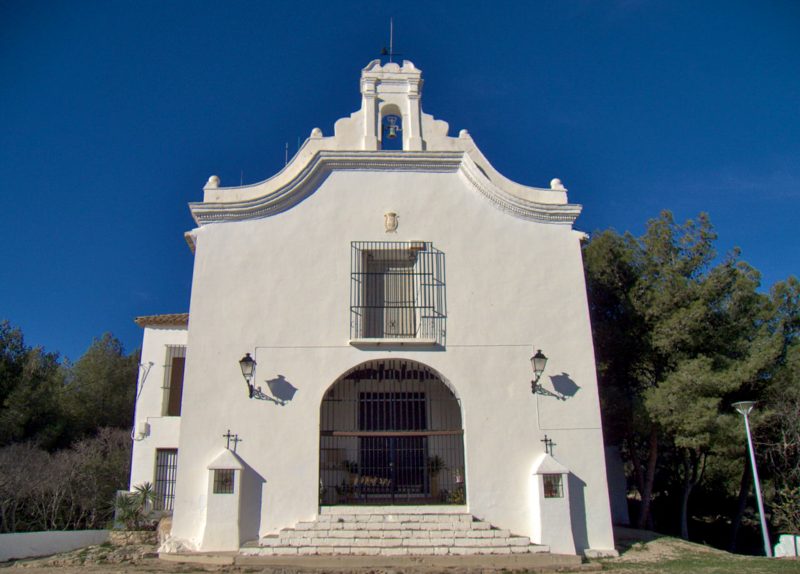
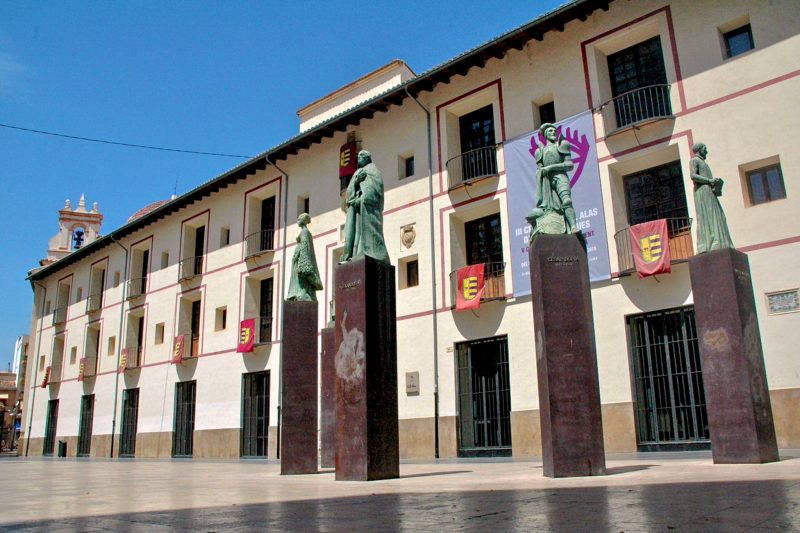
The historic center of Gandia has preserved much of the heritage of the Middle Ages. The Borgia family left behind a magnificent family residence. The Palacio Ducal or Borgia Palace (Palau dels Borja) has been in existence since the 14th century and is now a museum. Its modest façade contrasts with the opulence of the interior; the architecture combines elements of secular Gothic, Renaissance and Valencian Baroque. The legacy of a family that has left an important mark on Italian history is also found in two churches: the Church of St. Anne (Església de Santa Anna) and the Convent of Santa Clara (Santa Clara).
In the Plaza Escuela Pías in front of the Old University (Real Colegio Escuelas Pías) there is a sculptural group depicting the Borgia family.
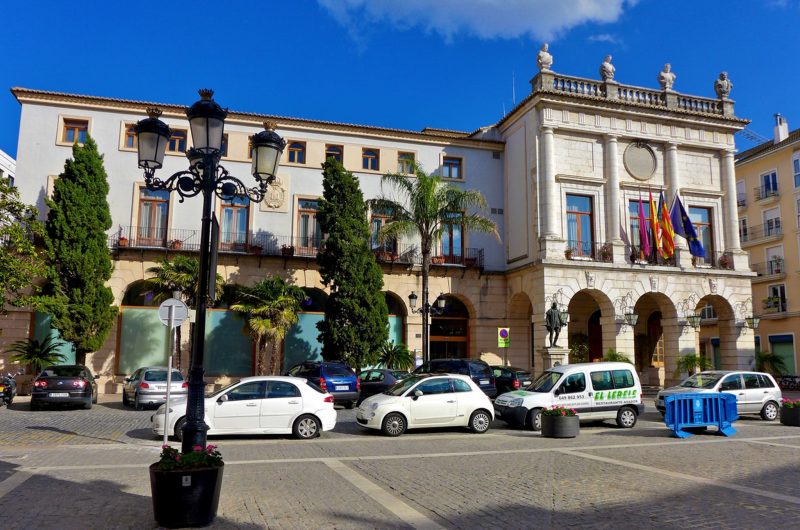
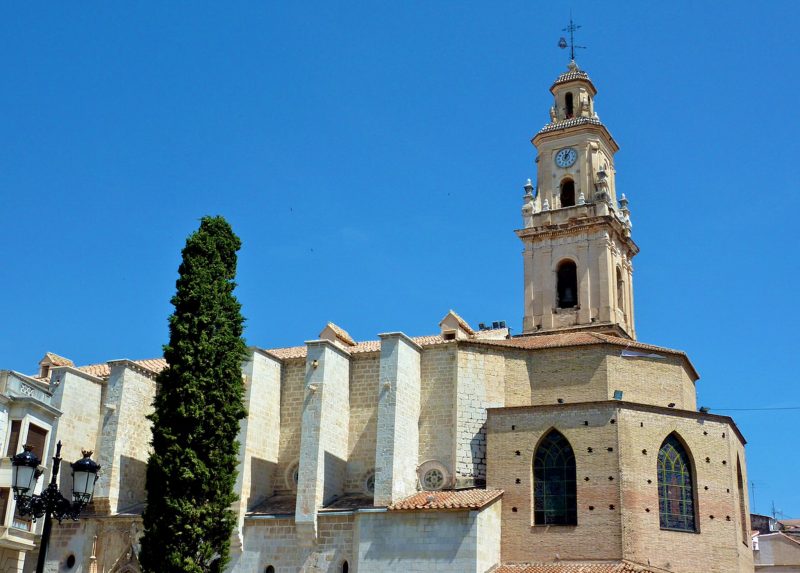
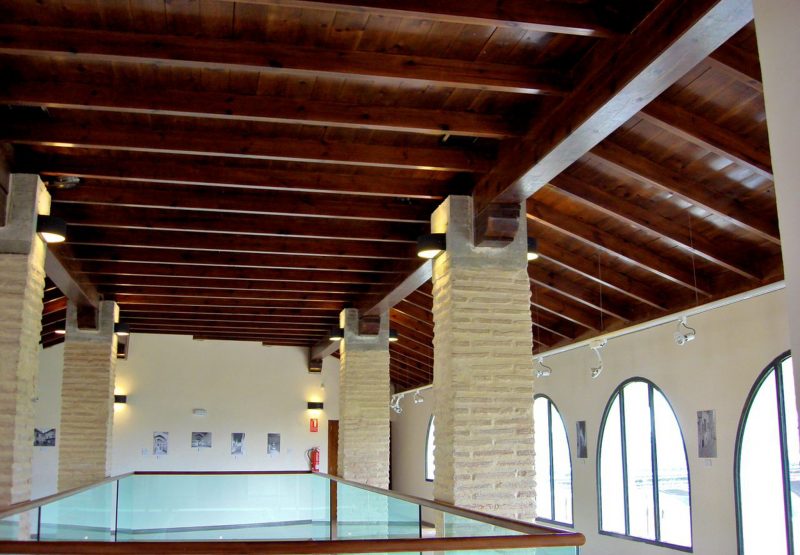
The Town Hall (Ayuntamiento de Gandía) (1778) is built in neoclassical style. The convent church of Santa Maria (Col-legiata de Santa Maria de Gandía), founded in the XIV century, is considered an example of Catalan-Aragonese Gothic. The Hospital de Sant Marc was also founded in the XIV century. It continued its activities until 1973 and is now home to the Museu Arqueologic De Gandía.
Events, Holidays, Activities
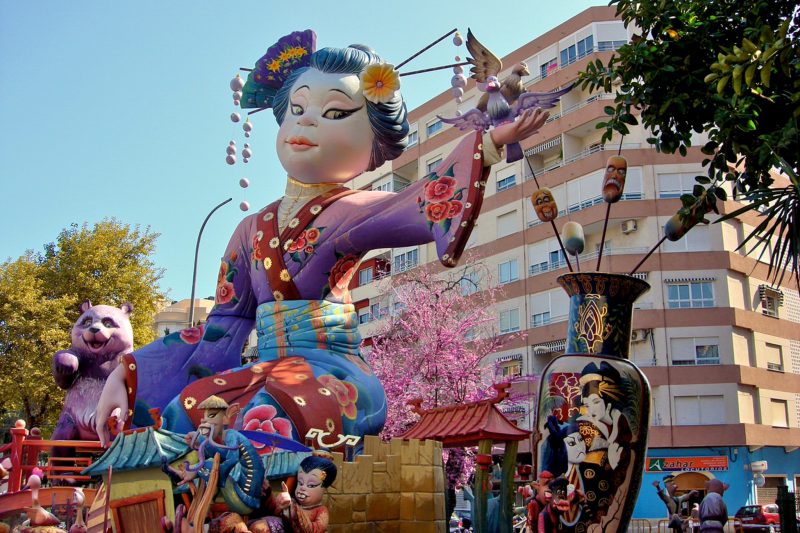
The city holds its main holiday at the beginning of October. Gandia honors St. Francisco, the fourth Duke of Borgia, who was beatified and canonized. Medieval shows are staged in the historic center.
In March they celebrate the Fallas; in April there is Holy Week. Visitors to Gandia all year round can join any of the traditional fiestas with folk music and processions, with papier-mâché figures, fireworks, and colorful flags.
The House of Culture of Marquis Gonzalez de Quiroz hosts exhibitions, concerts, events, summer festivals Polisònic. Gandia’s discotheques and clubs are known outside the city: famous DJs, showmen and international stars come here.
How To Get From Valencia To Gandia
Gandía can be reached from Valencia or its airport. An ALSA bus from Valencia takes just over an hour. From Aeropuerto de Valencia to Gandía, the bus takes about 2 hours.
How To Get From Alicante To Gandia
From Alicante-Elche airport to Gandia there is also a bus company ALSA. Depending on the route of the bus, the travel time can range from 3 to 5 hours.
From the city of Alicante to Gandia bus goes 2-4 hours.

